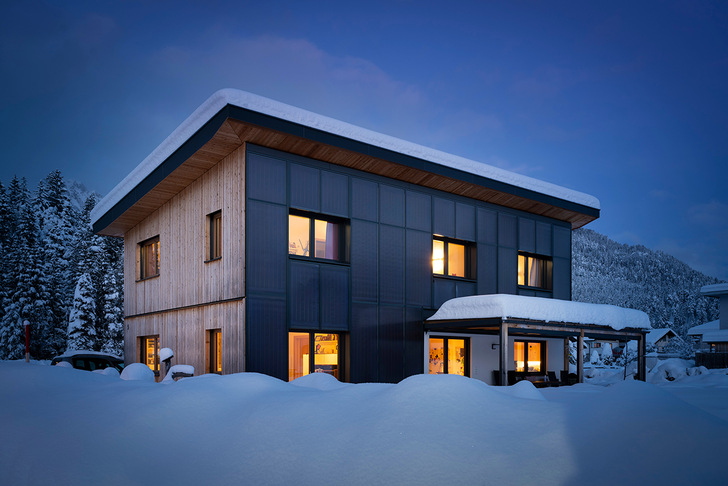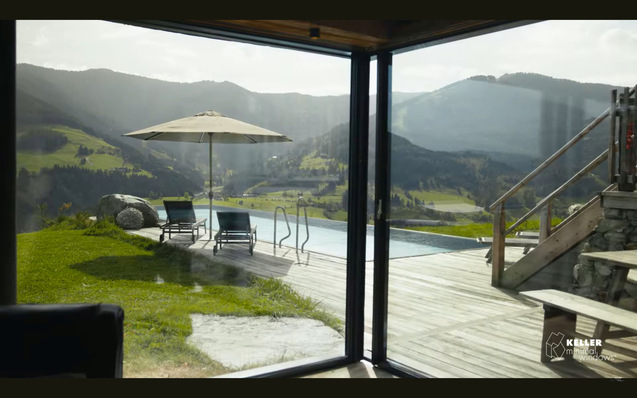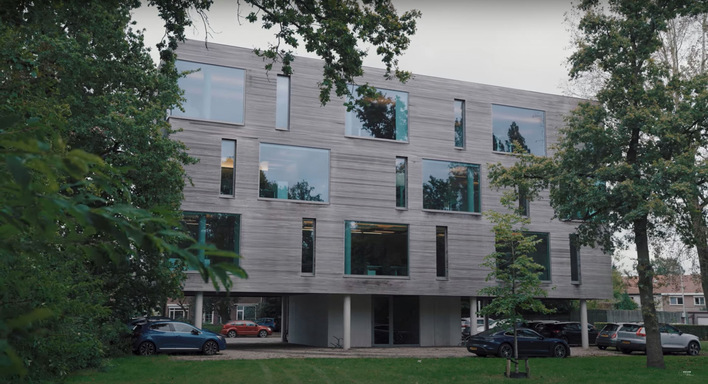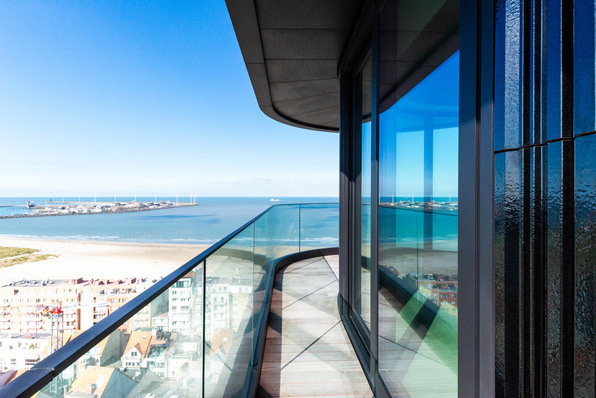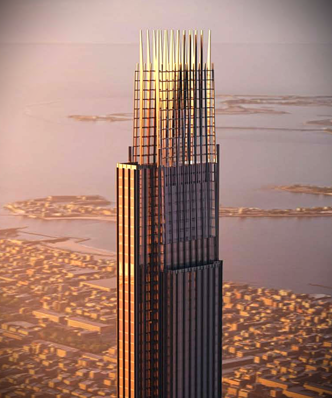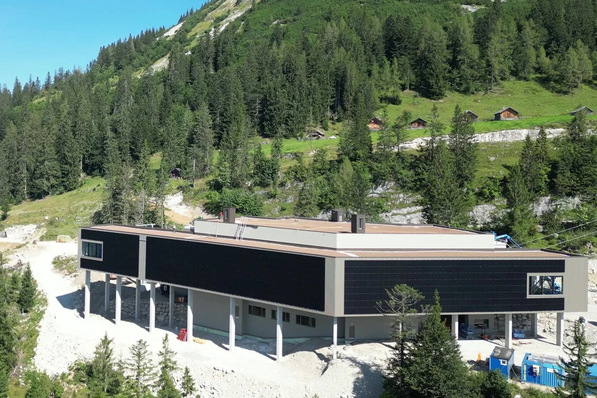Today, the exorbitant energy price increases triggered by the war in Ukraine, the Covid-related supply bottlenecks and the tense supply situation have catapulted the energy optimisation of buildings back to the top of the agenda in legislation and the construction industry. What can warm edge spacers contribute to this?
Christoph Rubel is European Technical Manager at Edgetech Europe GmbH, which produces the flexible warm edge spacer Super Spacer made of silicone foam for many European countries and he has summarised the most important facts. His conclusion: Warm edge technology is a must, because even small energy leaks add up to a massive loss over the lifetime of a window.
There is still a lot of room for improvement in the U value
Modern thermal insulating glass achieves up to 0.5 W/(m²K) as triple glazing with a thermally optimised glass edge. A study by the German Window and Facade Association (Verband Fenster + Fassade - VFF) shows: At 1.1, the average Uw value for the most recently reported period between 2017 and 2020 is still far from the passive house standard, which requires triple glazing with a thermal transmittance Uw < 0.8 W/(m²K). There is therefore considerable potential in the thermal optimisation of insulating glass. Here, the warm edge is the solution that is easiest to implement and requires neither complex coatings nor changes in the profile construction.
Why are aluminium spacers still being installed?
It has long been known that conventional aluminium spacers form thermal bridges in the edge seal, losing valuable thermal energy. Furthermore, in winter, when there are large temperature differences between inside and outside, the glass surface in the edge area of a window with a warm edge is significantly warmer; with the consequence that condensation hardly forms and the comfort in the room noticeably increases. So why do many window manufacturers still rely on aluminium? On the one hand, the reason lies in the price competition, but in part it is also due to some in the market not yet fully realising the extent that the conductivity of an insulating glass spacer in the edge seal also determines the thermal insulation values of a window. The heat loss is quantified by the Psi value Ψ, a linear heat transfer coefficient in the unit W/mK. It describes the heat loss per metre of thermal bridge per degree of temperature difference. With the different warm edge spacers, the values are close together; in comparison to an aluminium spacer however, the impact is clear.
See also: Warm edge for MOL Campus in Budapest
With a thermal conductivity of only 0.15 W/mK, silicone foam, for example, has a thermal conductivity 1000 times lower than aluminium. The additional price for Super Spacer is in the low cent range per linear metre. The price argument is therefore easy to refute.
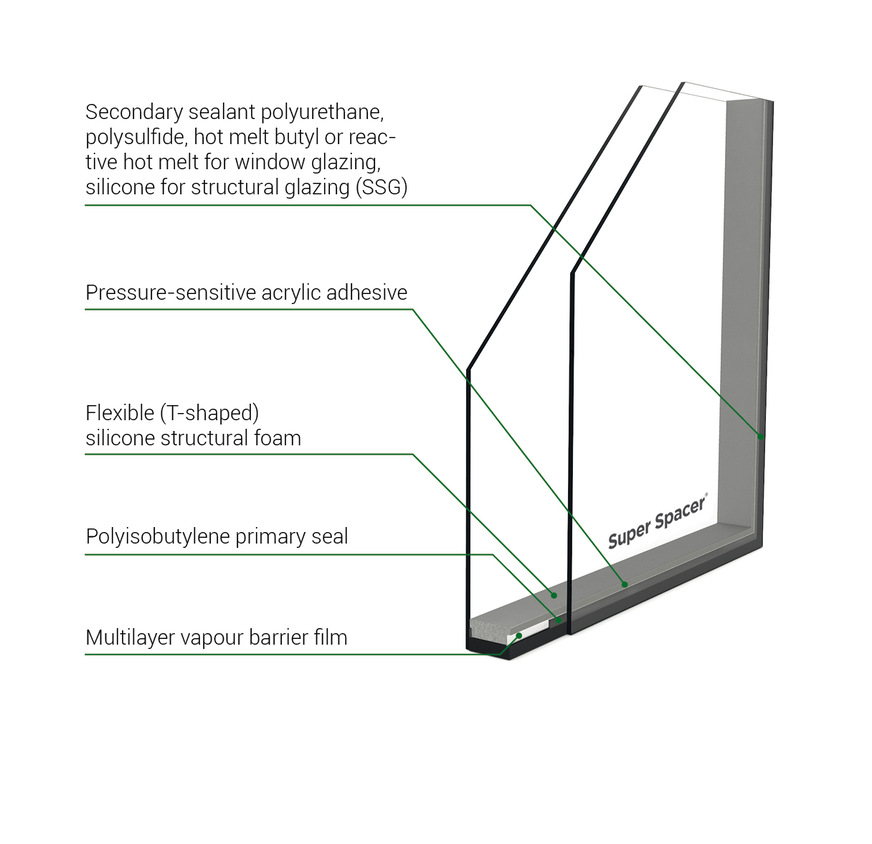
Edgetech Europe
Furthermore, automated insulating glass production with robot-assisted spacer application offers additional savings potential on the processing side. Flexible spacers from the roll are already prefabricated in the desired width and colour. While a roll is running on the applicator, the software signals six metres before the end of the run which material is needed next and this can be loaded onto the second applicator head. There is no waiting time for the material and the roll change in the applicator is also done quickly: The two ends are connected with the help of an adhesive foil and production can continue. Since flexible spacers are already equipped with desiccant, vapour barrier and acrylic adhesive, there is no need for time-consuming, labour-intensive and machine-intensive preparatory work.
Only windows with a warm edge will be eligible for subsidies in the future
When making investment decisions, one should not forget the legal framework conditions. With the "Energy Efficiency Work Plan" published in May 2022, the Federal Ministry of Economics and Climate Protection (BAFA) made it clear that the replacement of old windows and doors in particular will be at the centre of building promotion. This is a signal that should have a positive impact on order books, because according to calculations by the VFF in the above-mentioned study, around 235 million window units in existing buildings are in need of renovation. Triple thermal insulating glass now has a market share of more than 60%. The share of windows with a "warm edge" (Psi value of 0.06) marketed in 2020 is estimated at 74%.
The GEG (Building Energy Law) stipulates a Uw value of 1.3 W/(m²K) as a minimum requirement for new windows. However, if a builder wants to secure subsidies and BAFA grants, the situation is different. If triple glazing is installed, the Uw value must be 0.95 W/(m²K) or better. Double glazing is currently (as of September 2022) not subsidised at all. As you can see in Fig. 2 the aluminium spacer is no longer a viable option in most framing types, and is certain not a long-term option. As a window manufacturer, you are smart to position yourself for the future with automated production and the warm edge as standard. Because one thing is certain: the requirements of the legislator will never be relaxed again.
What are the benefits of the warm edge in terms of thermal insulation and heating costs?
As a rule of thumb, a difference of 0.04 W/mK in the Psi value means an improvement of 0.1 W/mK in the Uw value. Fig. 2 shows the changes that are possible simply by changing from conventional spacer to warm edge, in this case from aluminium spacer to silicone foam spacer.
A study conducted by the Passive House Institute Darmstadt (PHI) for Edgetech Europe GmbH in December 2019 proves the sustainability and cost-effectiveness with concrete savings in annual heating demand and CO2 footprint (see summary in Fig. 3). Since energy prices have changed exponentially since then and are hardly predictable, the projection of monetary savings over the lifetime of the window is omitted here.
Also interesting: For structural facades compatibility of materials is crucial
According to EnEV 2016, in a low-energy house with double glazing, the annual heating requirement is reduced by 5.8%. Due to the improved insulation provided by triple glazing, the savings can increase to 8.2%.
For the improbable case of an aluminium spacer in a passive house, the possible energy saving is around 22 % with a maximum permissible annual heating requirement of 15 kWh/(m2a).
If one uses the average CO2 footprint in Germany of 11 tonnes of CO2 equivalents per capita and year (data from the Federal Environment Agency, 2021) as a basis for comparison, the warm edge spacer in the triple glazing of a low-energy house alone reduces this value by 1.43%. As the energy mix in Germany shifts towards renewable energies, these savings opportunities become smaller, as the CO2eq emission factor also decreases. A value of less than one tonne of CO2 equivalents is generally considered to be a climate-friendly CO2 footprint per capita worldwide. So we all still have a long way to go, where every kilo saved counts.
Since the annual heating demand of a house depends on countless factors such as age, insulation values, location, orientation of the windows, outside temperatures and personal user behaviour, the savings potential through the warm edge cannot be calculated as a simple average value.
What remains as a conclusion: the energy-efficient refurbishment of buildings is the sum of many small parts. More than 8% possible energy savings through the warm edge even in a low-energy house is a potential that should not be ignored. In addition, the minimisation of condensation and mould formation as well as the noticeable increase in comfort are irrefutable arguments in favour of the thermally optimised glass edge. Last, but not least, 235 million window units in need of renovation add up to a huge potential.







